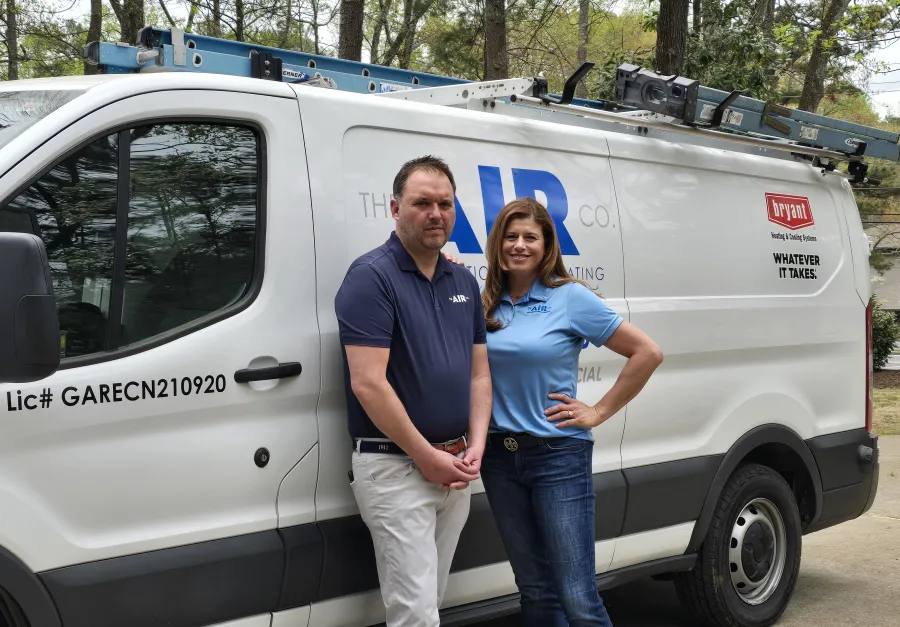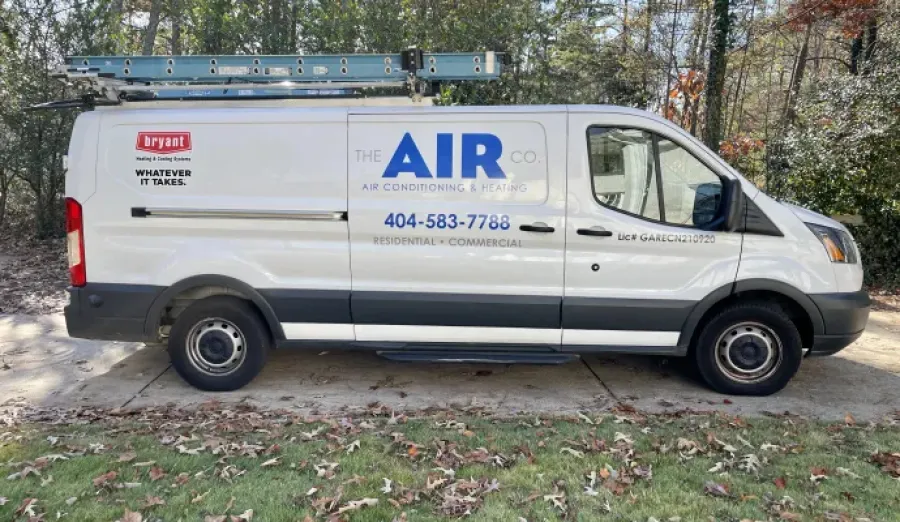Atlanta Heating & Air Conditioning Repair Services
The Air Company of GA is a leader in Residential & Commercial HVAC services in Atlanta

Atlanta's Family-Owned HVAC Company
The AIR Company of Georgia is family-owned and operated, proudly serving families and businesses in and around Atlanta. We are completely committed to your total satisfaction. Whether you are a residential or commercial relationship, we are here for you.
At the Air Company of Georgia, we treat every client like family. We strive to create a truly exceptional experience for our clients, down to the smallest detail. If you're in need of a repair, service, or just have questions; feel free to call, text, or reach out to us online!
Residential Heating & Cooling
Protection and Comfort for your family
Commercial Heating & Cooling
Protection and Comfort for your employees and customers
Commercial Heating & Cooling
Protection and Comfort for your employees and customers
Commercial Refrigeration
We Keep Your Business Moving Forward.

Our Promise To You
We will not stop until you are completely satisfied.
We are experienced professionals here to take care of little issues or major problems. From Heating & A/C Repairs, Service, Maintenance, or Installations, we've got you covered.
Check Out Our Reviews on Google
Over 200 ⭐️⭐️⭐️⭐️⭐️ Star Google Ratings
Financing made simple with Wisetack
- Fast and Easy - quick application, takes just a minute to see your optionts
- No hidden fees - no late fees, prepayment fees, or origination fees
- No credit impact - checking eligibility does not impact your credit score
Check Out Our Work!
Keeping Atlanta Comfortable Year Round
Out With The Old, In With The New
Another Day on Top of Buckhead!
Orbitz Dance Studio - Sandy Springs GA
Commercial HVAC Rooftop Installation
HVAC Commercial Rooftop Installation
Sandy Springs, GA
HVAC 12.5 Ton Helicopter Lift
The Air Company of GA Helicopter Lift
Helicopter Lift - HVAC
Areas We Service
Residential & Commercial
We offer Air Conditioning, Heating and Commercial Refrigeration services to the following areas in Atlanta:
Fulton County, Sandy Springs, Cobb, Alpharetta, Buckhead, Brookhaven, Chastain Park, Vinings, Smyrna, Ansley Park, Collier Hills, Dunwoody, Roswell, Marietta, Johns Creek, and everything in between.



